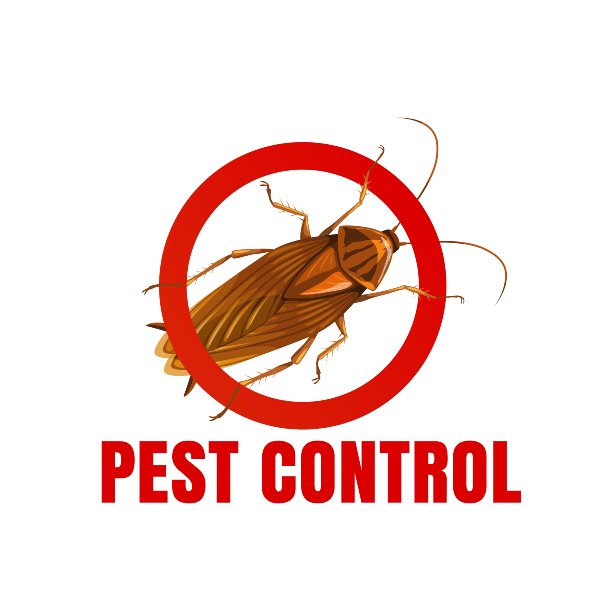Bed Insect Treatment Failure: Comparing Chemical Vs. Non-Chemical Solutions
In the realm of bug control, especially when managing the relentless concern of bed insects, the choice between chemical and non-chemical therapy services can be a critical one. Both approaches provide unique benefits and downsides, affecting variables such as efficiency, safety and security factors to consider, and overall price. By taking a look at the nuanced details of each method, a clearer understanding of which path to pursue in addressing a bed insect problem can be acquired.
Effectiveness of Chemical Treatments
Chemical therapies for bed pest problems have actually been extensively identified for their quick and potent efficiency in removing these pests. When considering the effectiveness of chemical treatments, it is vital to comprehend that they can provide a detailed and fast service to a bed insect problem.
Furthermore, chemical treatments have the benefit of providing residual impacts, indicating that they can continue to eliminate bed bugs also after the preliminary application. This recurring action is specifically beneficial in combating any kind of prospective re-infestations. Additionally, the quick activity of chemical treatments can bring relief to individuals facing extreme bed bug problems, enabling them to regain control of their home promptly.
Security Worry About Chemical Solutions
When using chemical options for bed bug treatment is making sure the safety and security of occupants and the environment,One critical facet that calls for careful consideration. While chemical therapies can be efficient in eradicating bed pests, they might position dangers otherwise dealt with effectively. Among the key safety concerns with chemical solutions is the possible injury they can create to human wellness. Direct exposure to specific chemicals utilized in bed bug therapies can bring about respiratory system problems, skin irritability, or other unfavorable reactions, especially in people with pre-existing problems or sensitivities. Furthermore, inappropriate application or dosage of chemical pesticides can result in harmful deposits remaining in the treated area, posing lasting wellness risks to occupants.
In addition, the environmental influence of chemical options is another considerable consideration. Some chemicals used in bed insect treatments may be unsafe to helpful pests, wildlife, and ecological communities if they leach right into the soil or water supply. It is important to utilize chemical therapies sensibly, adhering to safety guidelines, and considering less toxic options to alleviate these threats and guarantee the reliable and secure monitoring of bed pest infestations.
Advantages of Non-Chemical Strategies
Thinking about the prospective security problems and ecological impact associated with chemical options for bed pest treatment, discovering non-chemical strategies presents a promising option with several unique advantages. Non-chemical treatments are ecologically pleasant, as they do not add to air or water pollution, making them a lasting choice for parasite control.
In addition, non-chemical remedies can be effective in targeting bed bugs, consisting of hard-to-reach locations where chemical therapies might not pass through - A1 exterminators charlotte nc. Approaches such as warmth therapy, vacuuming, steam cleaning, and bed mattress encasements provide complete removal without the use of dangerous chemicals.
Limitations of Non-Chemical Treatments

Additionally, non-chemical treatments frequently call for several applications to accomplish effective obliteration. This can be taxing and apa itu pest control may not constantly assure complete removal of all bed pests and their eggs, specifically in hard-to-reach or covert places.
Additionally, the success of non-chemical therapies heavily counts on proper application and thoroughness, which can be testing for individuals without expert know-how. Poor application of non-chemical approaches may lead to incomplete removal, causing relentless problems and the demand for added therapies.
For that reason, while non-chemical therapies have their advantages, it is important to recognize these constraints and consider them when identifying the most reliable strategy for managing bed bug infestations.
Cost Contrast: Chemical Vs. Non-Chemical Options
Provided the restrictions connected with non-chemical treatments, an important aspect to assess in the context of bed bug monitoring is the price comparison between chemical and non-chemical alternatives. Chemical treatments typically involve the application of pesticides by experts, which can vary from $250 to $900 per room, depending upon the seriousness of the problem and the size of the location to be dealt with. On the other hand, non-chemical treatments like warm therapy or heavy steam can be much more pricey, with expenses ranging from $1,000 to $6,000 for a investigate this site whole home. While the initial price of chemical therapies may seem reduced, several therapies may be called for to fully get rid of the invasion, possibly enhancing the general price. On the other hand, non-chemical alternatives might offer a much more environmentally friendly and sustainable option, although they can be cost-prohibitive for some people. Inevitably, when thinking about the expense of bed pest treatment choices, it is essential to weigh the upfront expenditures versus the effectiveness and long-lasting sustainability of the selected technique.
Final Thought

Taking into consideration the prospective security concerns and environmental impact linked with chemical options for bed bug treatment, discovering non-chemical approaches offers an appealing alternative with a number of distinctive advantages.Provided the restrictions associated with non-chemical therapies, a vital element to examine in the context of bed bug management is the price comparison between chemical and non-chemical choices. In contrast, non-chemical treatments like warmth treatment or heavy steam can be more expensive, with prices wasp varying from $1,000 to $6,000 for an entire home. While the initial price of chemical treatments may appear lower, multiple therapies might be called for to completely get rid of the problem, potentially boosting the total cost.In verdict, when contrasting chemical and non-chemical bed insect therapy options, it is necessary to consider performance, security, advantages, limitations, and cost.
Comments on “Relied On A1 Exterminator Charlotte NC - Comprehensive Pest Solutions”